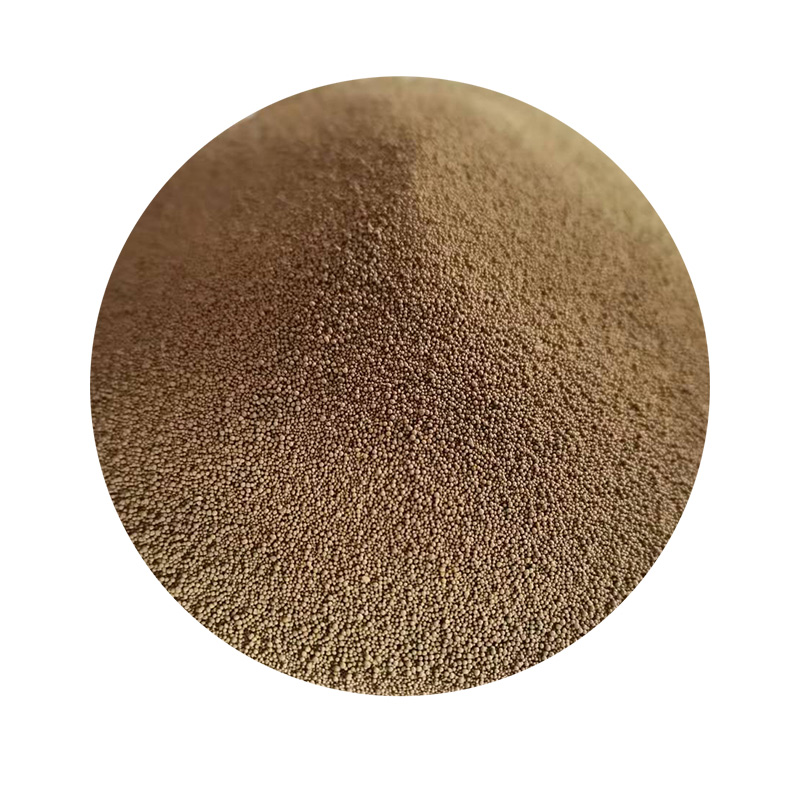Steel Sand Casting Process An Overview
The steel sand casting process is a highly versatile and widely used method for manufacturing complex metal components. It involves pouring molten steel into a sand mold, which hardens to form the desired shape. This method is particularly favored for its ability to create intricate designs, as well as its cost-effectiveness for producing large parts.
The process begins with the preparation of the mold. Sand casting typically utilizes a mixture of sand, clay, and water to form the mold material. The choice of sand is crucial, as it needs to withstand high temperatures while maintaining the ability to capture intricate details from the pattern. A steel pattern, which is a replica of the final component, is then created. This pattern is placed in the sand to create a cavity representing the future cast piece.
Once the mold is formed, the next step is melting the steel. This is achieved through induction furnaces or electric arc furnaces, which can reach temperatures exceeding 1500 degrees Celsius. Careful monitoring of the molten steel’s composition and temperature is vital to ensure the desired properties in the final product.
The molten steel is then poured into the prepared mold through a system of gates and risers designed to minimize turbulence and optimize the filling process. The key at this stage is to ensure that the steel flows smoothly, which can help prevent defects such as air pockets or solidification issues.
steel sand casting process

After the steel has cooled and solidified, the sand mold is broken away to reveal the cast part. This is known as shakeout. The casting may then undergo additional processes, such as cleaning and finishing, to remove any residual sand, gates, or risers. This step ensures a smooth surface and prepares the component for subsequent machining or assembly.
One of the primary advantages of the steel sand casting process is its flexibility. It can produce a wide range of sizes and shapes, from small components to large parts used in heavy machinery and infrastructure. Moreover, it allows for the casting of various steel grades, which can be tailored to meet specific mechanical and corrosion resistance properties.
However, the process is not without its challenges. Controlling the quality of the cast, managing the cooling rates, and minimizing defects require careful attention to detail and experience. Innovations in material science and casting technology continue to enhance the capabilities of the steel sand casting process, making it an essential method in the manufacturing industry.
In summary, the steel sand casting process is a tried-and-true method for producing intricate and robust metal parts. Its adaptability and efficiency make it a preferred choice in various industrial applications, from automotive to aerospace, ensuring that it remains a cornerstone of modern manufacturing.
Post time:Նյմ . 02, 2024 12:35
Next:resin coated sand specification
